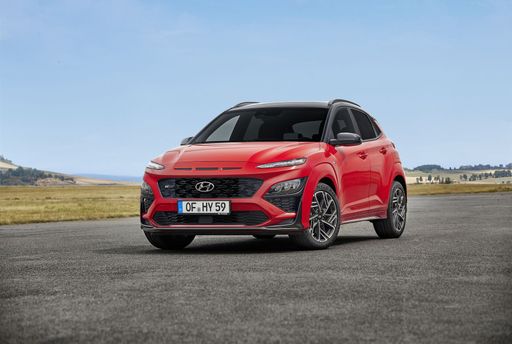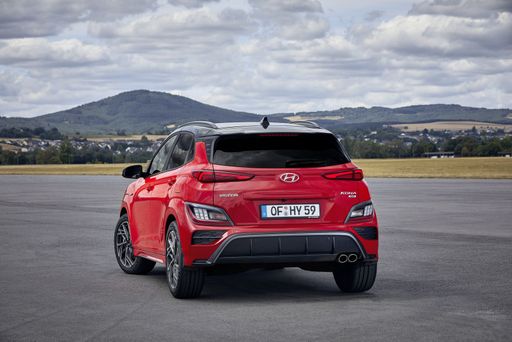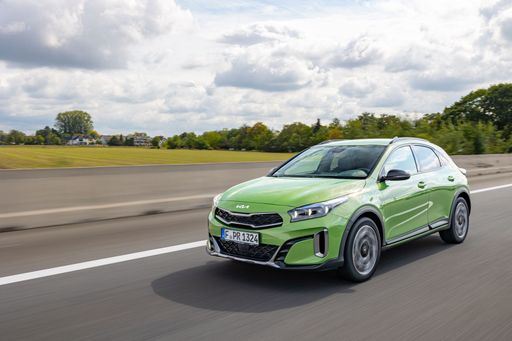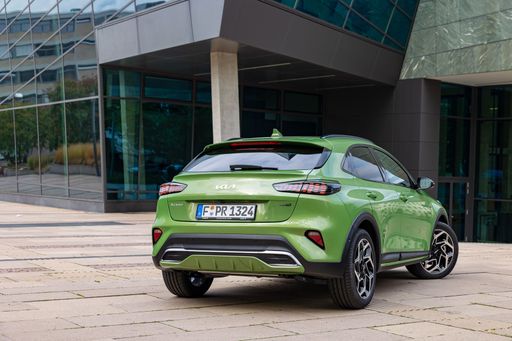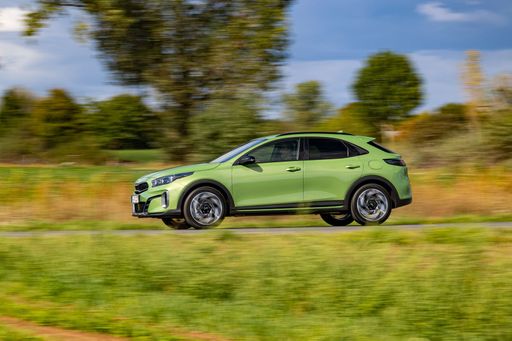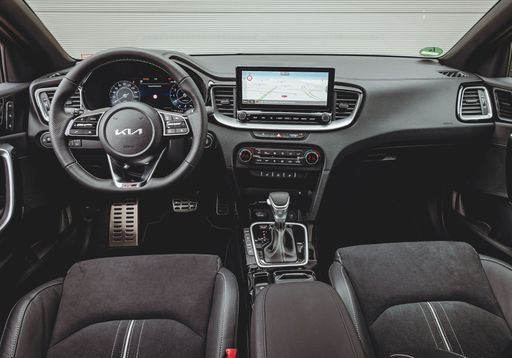Hyundai Kona vs Kia XCeed: The SUV Showdown of 2024
With the rapidly evolving automotive landscape and increasing consumer demand for versatile and efficient SUVs, the Hyundai Kona and the Kia XCeed have been standout contenders for the 2024 model year. Both vehicles offer a blend of innovation, style, and practicality, making them worthy choices for potential buyers. In this article, we delve into the technical aspects and innovative features of these two models, helping you make an informed decision.

